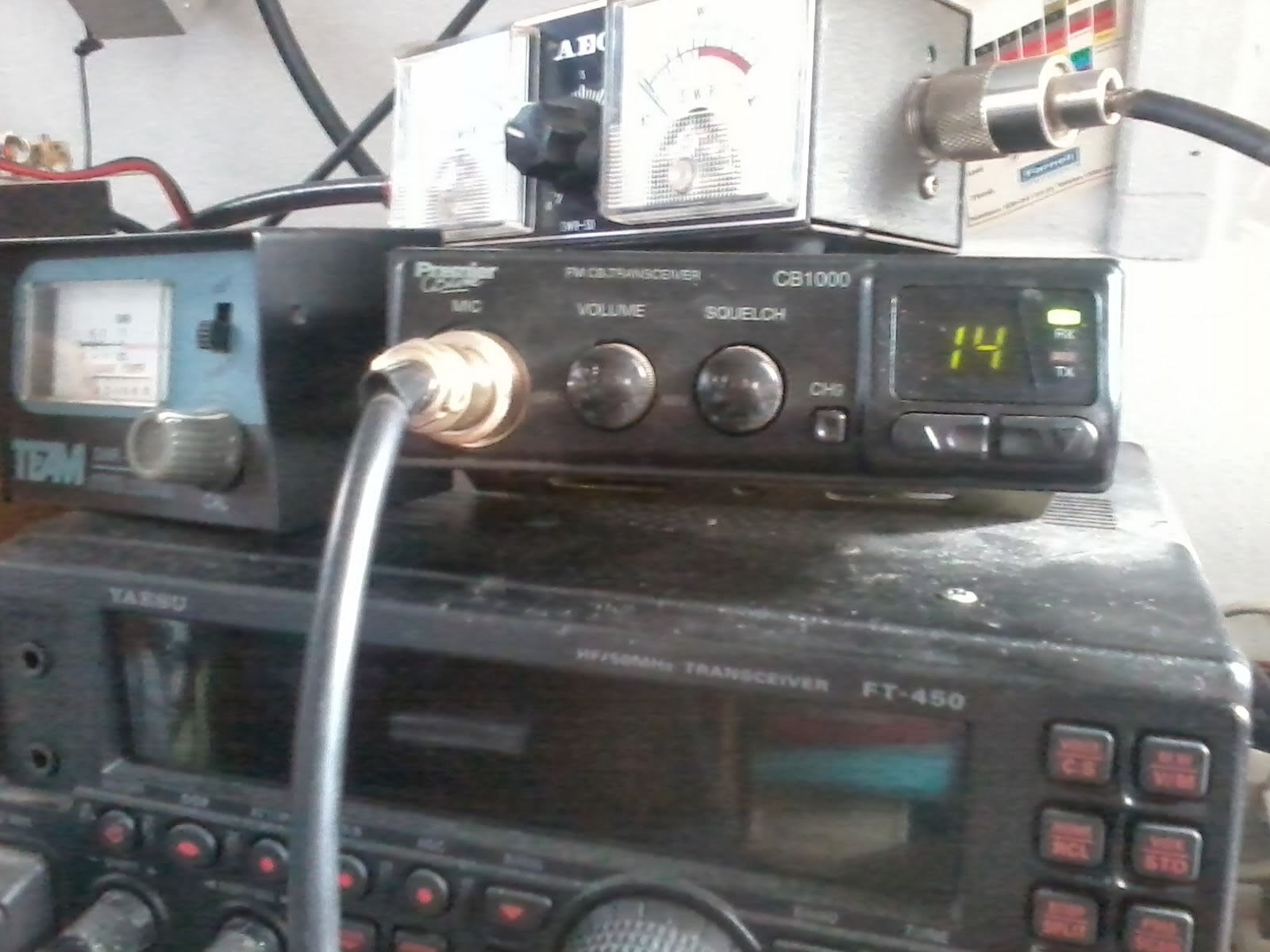Harmonics that are available:
20, 30, 40,
50... MHz
2, 3, 4, 5
... MHz200, 300, 400, 500 ... kHz
A NE555 is
used to produce a 1500 Hz tone that is “injected” via a 1N4148 into the
modulator. You can here the tones with the receiver either selected to SSB or AM.














